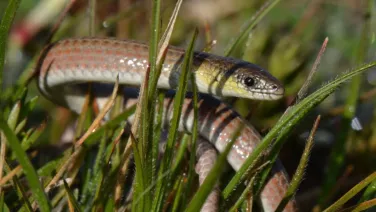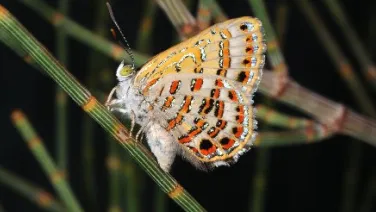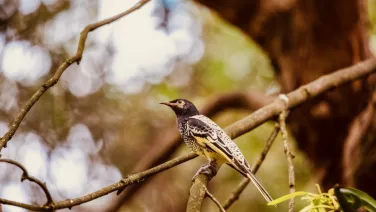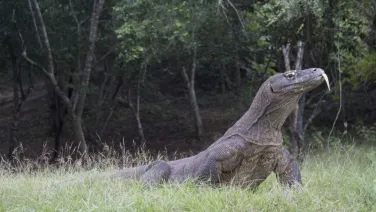News & events
News & events
Find out about our latest news and events.

An ecological crisis overshadowed by the threats of mass species extinctions and climate change impacts could be just as serious to ecosystems and human society, according to a new study by an international team of scientists.

Our team of 28 scientists identified the top 26 Australian butterfly species and subspecies at greatest risk of extinction. We also estimated the probability that they will be lost within 20-years.

In healthy populations, the song of regent honeyeaters is complex and long. But where the population is very small, the song is sadly diminished.

The unusual breeding history of the Earth's largest living lizard - the Komodo dragon - has been laid bare in a new study from The Australian National University.

The next time you tuck in to a tikka masala you might find yourself asking a burning question: are spices used in dishes to help stop infection?

Male lyrebirds use clever mimicry to increase their chances of sexual success, according to a new study involving researchers from the ANU Research School of Biology.
There is an increasing body of evidence for the existence of animal cultures. Recent work has also suggested cultural traits can be subject to selection, changing in form, function or distribution.
Annals of Botany Special Lecture by Professor Rod Peakall (ANU) at the Botany 2020 - Virtual meeting July 27-31, USA
Praying mantises are the only insects known to have stereo vision. We used a comparative approach to determine how the mechanisms underlying
stereopsis in mantises differ from those underlying primate stereo vision.
Having spent much of the last 15 years trying to improve molecular phylogenetics, I had formed the fairly firm view that my research was very interesting (of course!!!) but rather useless in the short term.
The central islands of Indonesia, between Java, Bali and Kalimantan (Borneo) on the west and Papua on the east - are a living laboratory for the study of evolution, known as the Wallacea region.
Every animal has a weapon of one sort or another, but the overwhelming majority of weapons stay small. Yet, sprinkled through the tree of life are species where weapons become extreme.